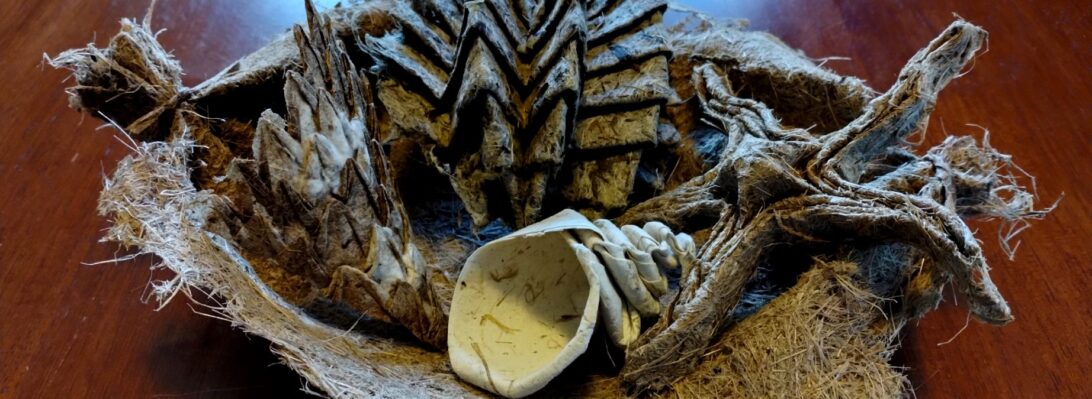There are lots of origami tigers – few actually look like tigers – you know, the stripey thing. This model is radically different:
Using a HUGE square (I hand-made a large piece of double tissue – black and yellow), you start with a birdbase, then torture the paper for 2 days to create a pleated ruffle either side of the back ridge that is then zig-zagged to reveal colour slices that become the tiger stripes.
This model is really really intense – it took me ages to even work out what half the folds mean, let alone how to achieve them. Thankfully the double tissue was thin and terrifically strong, so it withstood the torture unscathed. Continue reading



